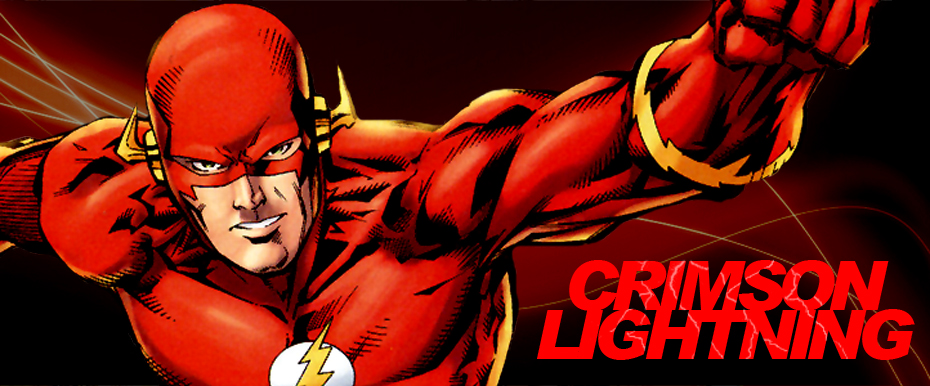 “Deadly Nightshade” (March 30, 1991)
“Deadly Nightshade” (March 30, 1991)Writers: Howard Chaykin & John Francis Moore
Director: Bruce Bilson
Editor: Lawrence J. Gleason
Synopsis: A murderous vigilante proclaiming himself the Deadly Nightshade prowls Central City’s underworld, killing criminals in pursuit of a personal vendetta. The masked madman’s crusade of personal justice prompts a panic-stricken public to question the role played by their resident superheroes, foremost the Flash! Dr. Desmond Powell, the man who once operated as the city's original costumed crimefighter, dons the legendary identity of the Nightshade once more to join the scarlet speedster in an effort to end this upstart imitator's reign of terror.
Commentary: Just because The Flash was largely dissociated from the comic book mythology that inspired the television series doesn’t mean that it lacked a sense of legacy. “Deadly Nightshade” serves as a follow-up to “Ghost in the Machine,” one of the show's greatest adventures, resurrecting the Nightshade for yet another on-screen team-up bringing together two generations of Central City crimefighters. Though the resulting storyline simply cannot compete with its conceptual forerunner, this episode is nevertheless a satisfying installment. The interplay between the Flash and the Nightshade is endlessly entertaining, in part because of the considerable differences in style and skill that separate the two heroes. An uncertain Barry Allen seeks out Dr. Desmond Powell because of his years of experience as an anonymous, costumed public defender and the combination of characters adds a number of rich layers to the storytelling. Indeed, the episode's greatest asset is its vast cast of supporting characters. Familiar guest stars such as Mike Genovese, Dick Miller, and Richard Belzer are joined by such genre regulars as Richard Burgi, Denise Crosby, and Jeri Ryan. Miller and Belzer help to deliver a sense of believable liveliness to the setting, as always, and a subplot involving Crosby as a clinical psychologist intent on challenging the masked vigilantes of Central City proves to be more intriguing than it is irritating. The narrative maintains a brisk pace and tosses in plenty of twists and turns along the way. Shirley Walker's score is stirring, alternating between bold variations on the Flash's theme and a distinctive theme developed for the Nightshade. Costume designer Le Dawson also deserves praise, along with Greg Cannom and Larry Odien, designers of the Deadly Nightshade's electronic exoskeleton. Unfortunately, the final battle involving this technological plot device, fought between the Flash and the Deadly Nightshade at high-speed on the streets of Central City, is something of an anticlimax in spite of its originality. Whether the cause lies in the show's creative restrictions or its budgetary limitations, The Flash's strengths were always in plot and character development rather than action or superhero spectacle and “Deadly Nightshade” is one of those memorable stories that succeeds in part by recognizing this from the start.
High-Speed Highlight: Curtis Bohannan, the Deadly Nightshade, dons a computer-controlled exoskeleton designed to enhance his reflexes and hasten his response times in order to battle the Flash at his own astonishingly rapid pace!
Quotable: “Whatever his extraordinary speed, the Flash is playing out a macho adolescent fantasy… With all its problems, does Central City really need a self-appointed guardian angel, a masked man who should be under observation, not on the streets?” --Dr. Rebecca Frost psychoanalyzes the fastest man alive
Special Thanks: Thanks, as always, go out to Kelson Vibber for the screen captures featured here. Visit Those Who Ride the Lightning for an overview of The Flash television series, complete with character profiles!

No comments:
Post a Comment